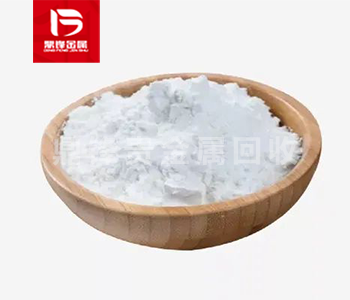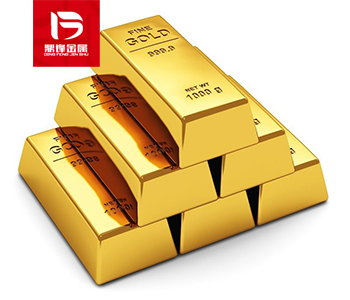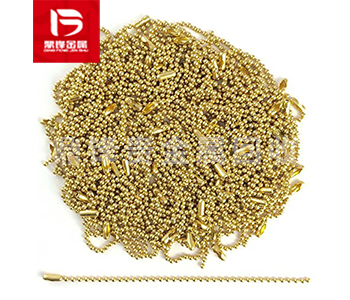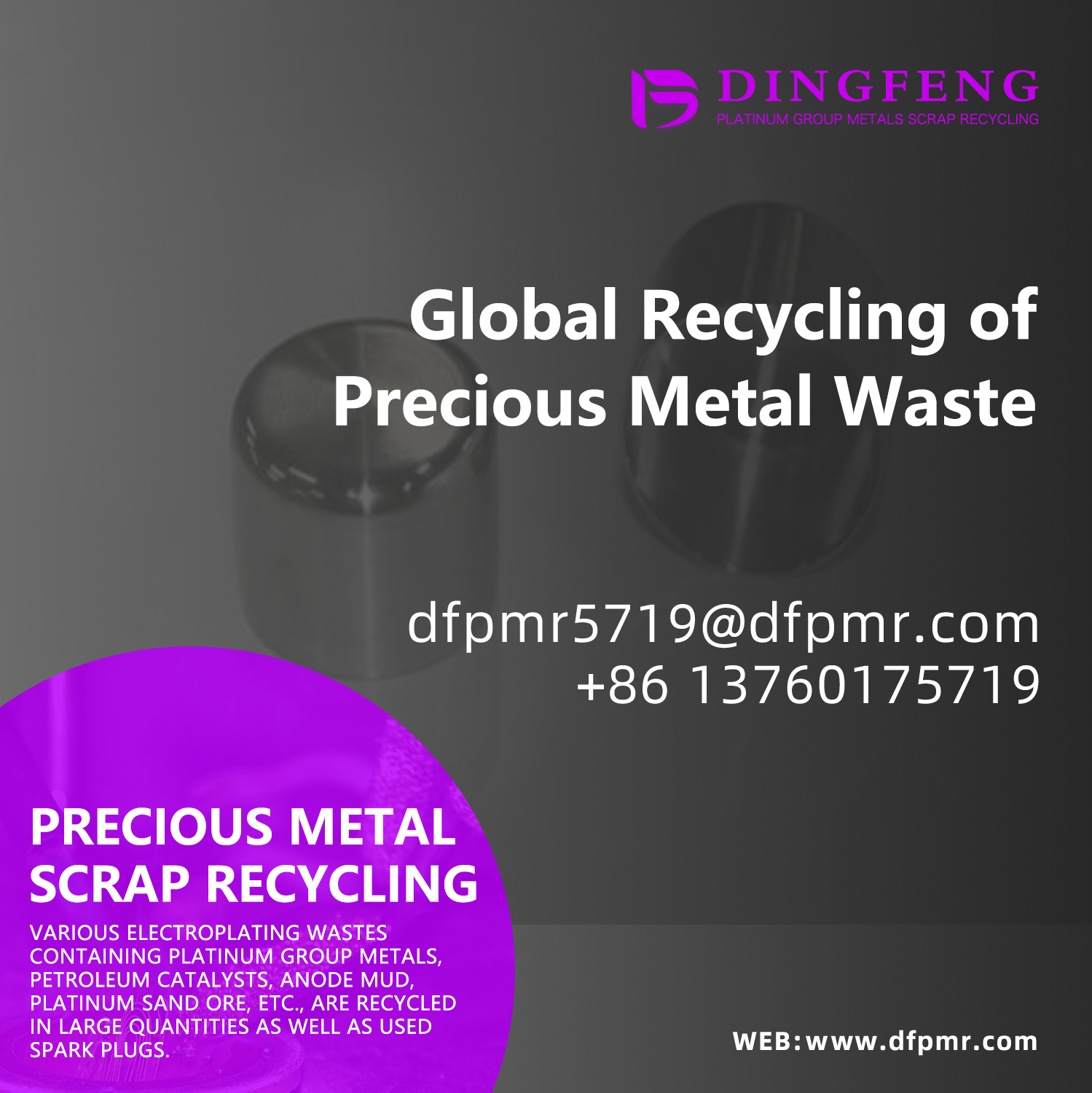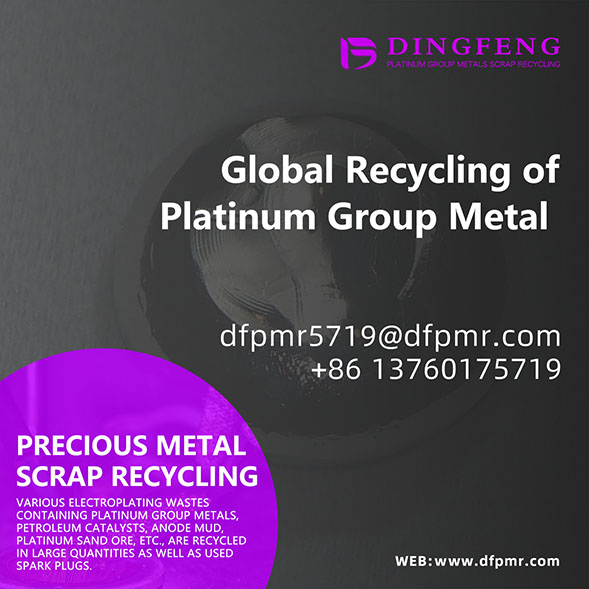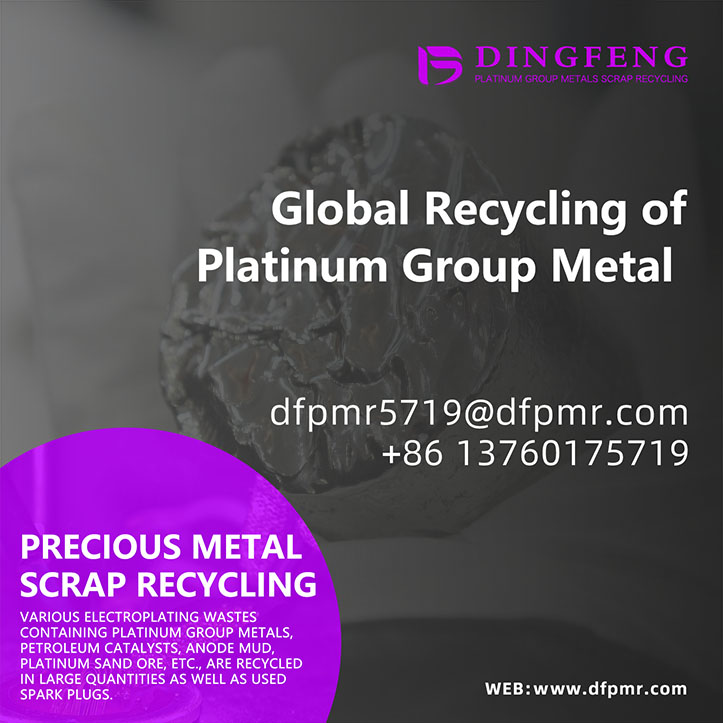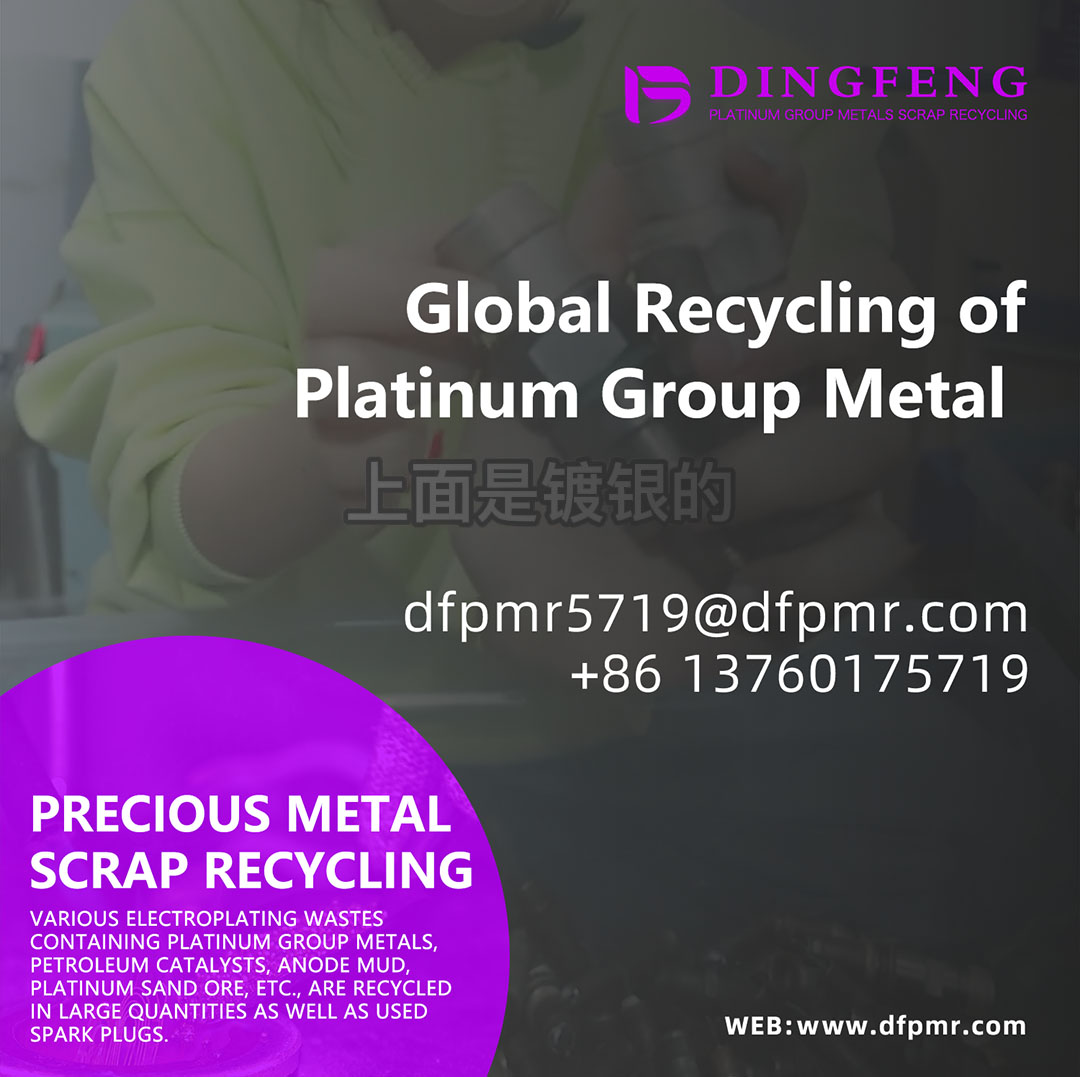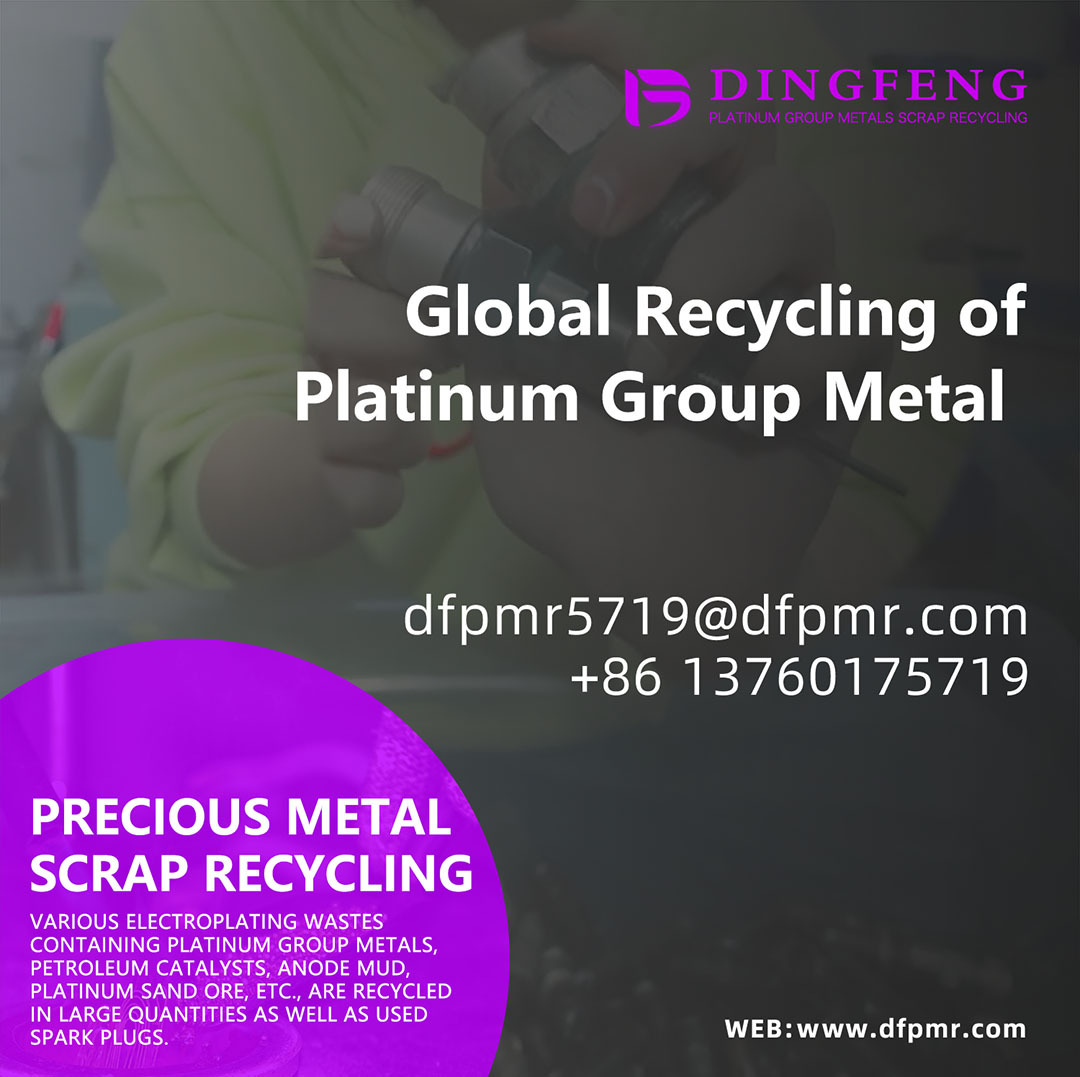What are the types of palladium carbon waste recycling?
Palladium carbon is a common catalyst widely used in the chemical industry and environmental protection fields. Due to wear and deactivation during use and preparation, Palladium on carbon will produc
Palladium carbon is a common catalyst widely used in the chemical industry and environmental protection fields. Due to wear and deactivation during use and preparation, Palladium on carbon will produce different kinds of wastes. Here are some common types of palladium carbon waste and their possible locations:
1. Wear particles: during the use of the catalyst, the Palladium on carbon will be worn to form waste particles. These particles may gradually detach during chemical reactions and form suspended solids in the reactants. This type of waste usually accumulates at the bottom of chemical reaction equipment or inside the reactor.
2. Catalyst deactivation waste: As time goes by, the Palladium on carbon will lose its activity and no longer effectively catalyze the reaction. This deactivated catalyst is usually discarded or recycled for reuse. The form of deactivated waste may be in the form of particles, solid blocks, or powders, depending on the usage and form of the catalyst.
3. Pd carbon residue in solution: In some chemical reactions, Palladium on carbon may be partially dissolved to form residue in solution. These residues may enter the wastewater treatment system along with reactants or products. Therefore, some industrial wastewater may contain palladium carbon waste.
4. Catalyst waste: some waste will be generated during the preparation of Palladium on carbon. For example, solvents, activators and filters in the preparation process may react with or contaminate the Palladium on carbon. These wastes usually require appropriate treatment and disposal to ensure environmental safety.
What are the types of palladium and carbon waste recycling options available for Dingfeng Precious Metal Recycling? All answers.


